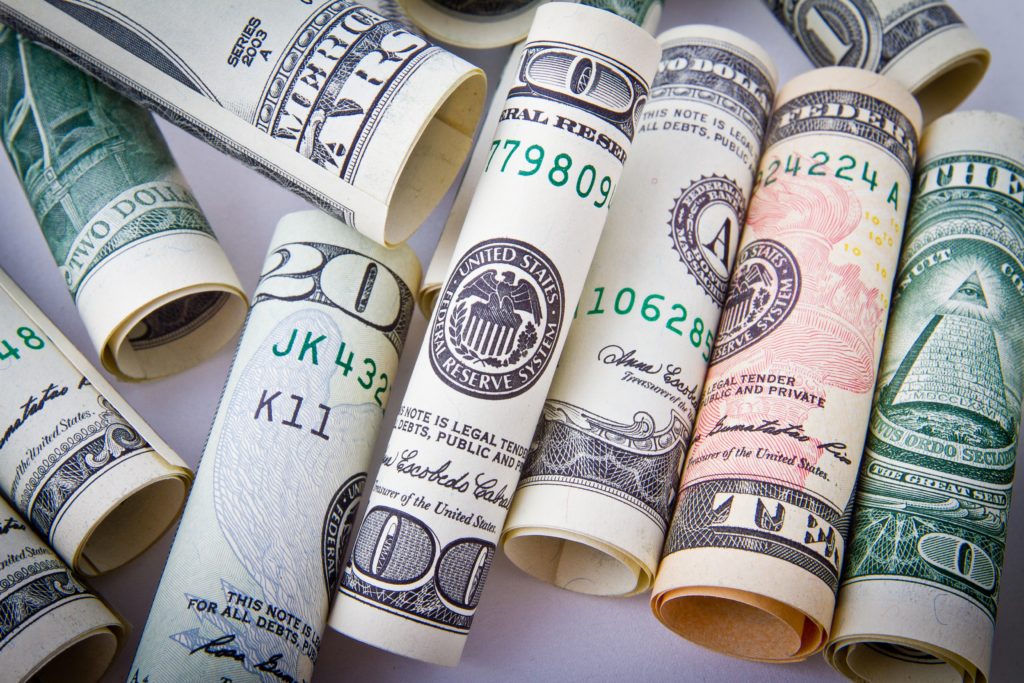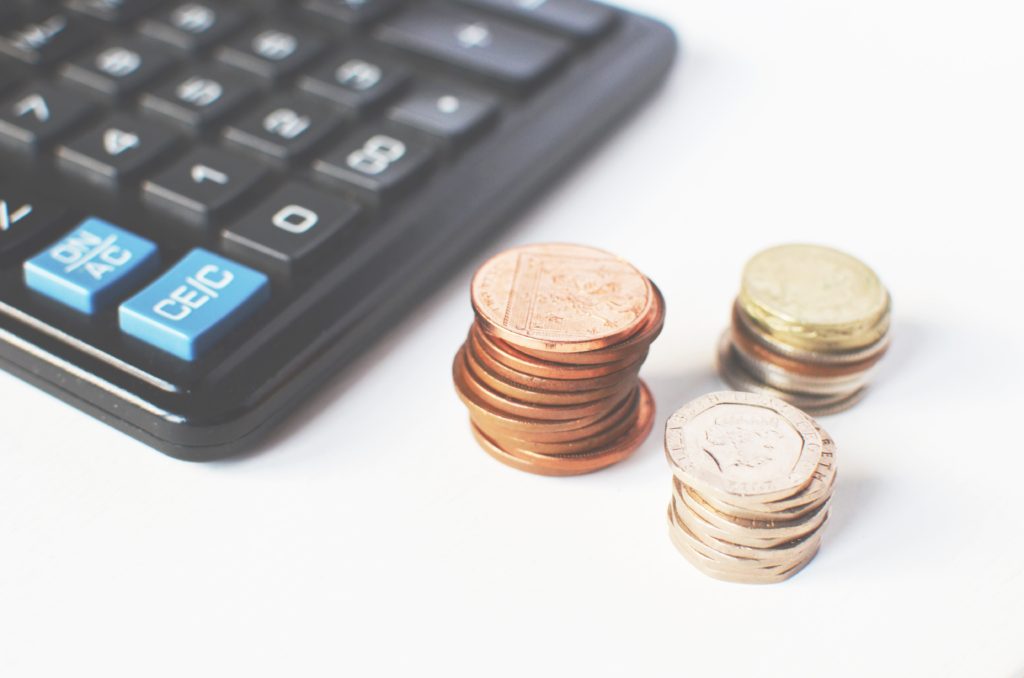
Before you make a real estate investment, there are several calculations you should perform to identify if the investment will be a profitable one. While there’s always a risk that a real estate deal won’t pan out, performing these calculations before making the investment should give you more confidence that you’re making the right decision.
There are numerous calculations that investors use to measure the profitability of real estate deals. As an example, return on investment (ROI) is designed to measure returns based on equity or appreciation, which is difficult to apply to a rental property. Instead, you should learn about the cash-on-cash return concept, which is designed specifically to measure profitability.
Cash-on-cash return calculations measure cash flow as it relates to the amount of cash you’ve invested in the property. You can use this calculation as a forecast for a potential real estate investment or as a measurement of how well your property has been performing. In this article, you’ll learn how to calculate cash-on-cash returns and what the results mean for your investments.

What are Cash-on-Cash Returns?
Cash-on-cash return is a common rate of return ratio that’s able to calculate the total cash you earn based on how much you invested. The earned cash is usually the annual pre-tax cash that your property brings in. This financial metric is regularly used with commercial real estate transactions but can be applied to any type of real estate investment.
In commercial real estate, the cash-on-cash return metric is useful because property investments are typically performed with a considerable amount of debt. In this scenario, the ROI calculation is no longer effective since it includes all debt in its measurement. When you perform cash-on-cash return calculations, you’ll be able to exclude debt and assess the amount of cash that’s been invested.
How to Calculate Cash-on-Cash Returns
The formula that’s used to calculate cash-on-cash return is:
Cash-on cash return = (Annual cash flow / Initial cash outlay) x 100%
This calculation allows you to identify how much rental income you’ll still have access to after all of your expenses are paid. The types of recurring expenses that should be included in these calculations extend to:
- Utilities
- Mortgage payments
- Maintenance costs
- Insurance and property taxes
- Property management fees
- Current and expected vacancy rate
- HOA fees
Likely the most effective way to calculate your total returns is by creating an itemized list of your expenses and monthly rental income, which gives you the opportunity to calculate your annual and monthly cash flow. Your cash flow will be used during these calculations. If you’re using this formula before you’ve purchased an investment property, try to include accurate estimations when performing the calculation.
To better understand how this calculation works, let’s say that XYZ Inc. purchases a commercial real estate property for $1 million, which is separated into a $200,000 down payment and an $800,000 mortgage. Along with the down payment, the company may need to pay around $20,000 in closing fees.
After a year, the rental revenue from the property could amount to $130,000. The annual mortgage payments could be $40,000. Calculating the cash-on-cash return can only be done once you’ve identified the investment’s annual cash flow. The cash flow for XYZ Inc. in their first year involves the following calculation:
Annual cash flow = Annual rents – Annual mortgage payments
For XYZ Inc., the annual cash flow equates to $130,000 – $40,000 = $90,000. The next step of this process involves finding out exactly how much cash was invested, which refers to the down payment and fees that were paid. In this scenario, you would add the $200,000 down payment with the $20,000 in fees to obtain a calculation of $220,000 for the total cash invested. With the information displayed above, you can determine that the cash-on-cash return is:
Cash-on-cash return = $90,000/$220,000 = 41% or 0.41

Cash-on-Cash Returns vs. ROI
While cash-on-cash returns and ROI calculations are similar, there are some clear differences that you should know about before using one measurement over the other. Cash-on-cash returns focus on the amount of out-of-pocket money you spent. In comparison, ROI looks at returns based on your total investment, which includes the loans that you might have used to effectively finance this purchase.
If you’re investing in a rental property, ROI might not be the best measurement since returns are based on the sale price of the property. The cash-on-cash returns calculation should give you a better idea of how profitable your property will be.
What Do Cash-on-Cash Returns Tell You?
Cash-on-cash returns measure the performance of a real estate investment and can help you identify the possible cash distributions you’ll benefit from over the course of the investment. There isn’t an exact rule for how to evaluate an investment’s profitability with this measurement.
Different investors have different goals when they perform this calculation. For instance, some investors state that a cash-on-cash return of 8%-12% denotes a worthwhile investment. Other investors believe that a return of 5%-7% is high enough in certain markets. If you’re a beginner, you might have lower requirements for cash-on-cash returns when you’re just starting out. In the future, you can increase your standards.
You should also know what your current investment objectives are when calculating cash-on-cash returns. For instance, if you’re investing in an appreciating or growing market, a lower return is likely. However, this doesn’t mean that the investment is a bad one.
Keep in mind that your return rate depends on how your existing cash flow is structured and how much out-of-pocket money you spend. For instance, in the event that you haven’t put any of your own funds into the property, you would have a cash-on-cash return of zero. However, the investment might still be a strong one since you didn’t put any of your money into it.
Knowing how a formula works and when it can be used to calculate profitability is necessary if you want to be able to use the results to make future investment decisions. Since the cash-on-cash return measurement isn’t useful in every situation, it’s common for investors to use numerous formulas when performing deal analyses.

Real-world Applications of Cash-on-Cash Returns
Cash-on-cash returns mainly use the property’s pre-tax cash inflows and outflows. For instance, let’s say that an investor buys a piece of real estate that doesn’t provide them with monthly income. The property’s purchase price is $1 million. The borrower may have selected to make a down payment of $100,000, which means that they would be borrowing $900,000 from the bank. It’s also likely that the investor will need to pay out-of-pocket expenses that include everything from closing fees and insurance premiums to maintenance costs. These expenses could amount to $10,000.
After the first year of ownership, the investor may have paid around $25,000 in total loan payments. Since most of these payments will be paying off the loan’s interest, around $5,000 would be part of the principal repayment. The investor could then choose to sell this property for $1.1 million after just one year of ownership. When you take these numbers into account, the investor would have a total cash outflow of $135,000. Once the $895,000 debt is repaid, the cash inflow would be $205,000. The cash-on-cash return for this deal equals $70,000/$135,000 = 51.9%.
Along with obtaining the return, this calculation can also help you forecast future distributions for an investment. However, this isn’t a promised return but can instead help you set a target to measure the potential profitability of an investment you’re interested in making. The cash-on-cash return would be used as an estimate of the amount of money you’d bring in throughout the duration of the investment.
Cash-on-cash returns can be helpful when you’re increasing rental prices. If the property is expected to undergo a sizable rental increase in the coming months, you can use this calculation to evaluate the property over the next few years based on this increase.
When you want to effectively manage your real estate investment portfolio, combine the cash-on-cash returns measurement with the ROI calculation to evaluate the performance of individual deals and the portfolio as a whole.
Conclusion
The cash-on-cash return formula is frequently used by investors who want to identify a property’s annual return and determine if a possible deal is viable. You can also use these calculations to determine the amount of money you should provide for a down payment. However, it shouldn’t be the sole calculation you rely on. Additional measurements that you should consider include net operating income (NOI) and internal rate of return (IRR), the latter of which calculates returns for the entire holding period. Cash-on-cash returns will only provide you with calculations for a single year.